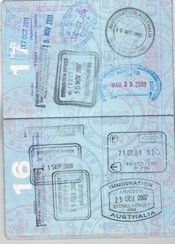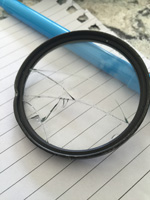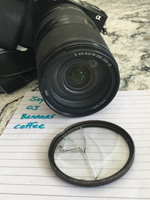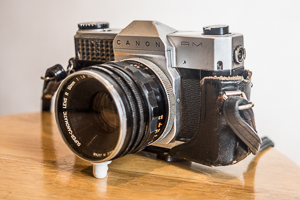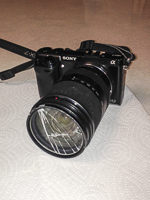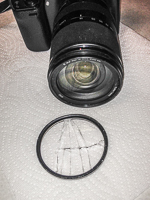Online Magazine
Recent Posts
- Safeguard your Cellphone Photos
- Black & White to Color – Instantly
- Wearing Many Hats
- Video Roundup
- Rescuing Your Blurry Pictures
- Showing Their Age
- What is Your Angle?
- Panorama Photos
- Humorous Photos
- Close Ups
- Fisheye Pictures
- Photo Antiquities
- Printing Big
- Appreciating Scale
- Celebrity Sightings
Tags
More Places to Go
- Free "How-To" Books “How To” books for popular cameras 0
- Vist Us on Facebook keep in touch with us on Facebook 2
Archives
- July 2023 (1)
- March 2023 (2)
- February 2023 (1)
- December 2022 (1)
- October 2022 (1)
- September 2022 (8)
- August 2022 (9)
- July 2022 (1)
- June 2022 (1)
- June 2021 (1)
- May 2021 (1)
- March 2021 (5)
- February 2021 (4)
- January 2021 (2)
- April 2019 (1)
- March 2019 (1)
- February 2019 (1)
- October 2018 (2)
- April 2018 (1)
- March 2018 (4)
- February 2018 (1)
- November 2017 (1)
- August 2017 (1)
- June 2017 (1)
- April 2017 (1)
- March 2017 (5)
- February 2017 (2)
- January 2017 (1)
- October 2016 (1)
- September 2016 (1)
- August 2016 (1)
- July 2016 (1)
- May 2016 (1)
- April 2016 (1)
- March 2016 (2)
- February 2016 (1)
- January 2016 (2)
- December 2015 (1)
- November 2015 (1)
- October 2015 (3)
- April 2015 (1)
- March 2015 (5)
- February 2015 (1)
- January 2015 (4)
- December 2014 (2)
- November 2014 (5)
- October 2014 (2)
- September 2014 (1)
- August 2014 (2)
- July 2014 (1)
- May 2014 (1)
- April 2014 (5)
- March 2014 (5)
- December 2013 (2)
- November 2013 (18)
- October 2013 (1)
- September 2013 (1)
- August 2013 (1)
- July 2013 (1)
- June 2013 (3)
- May 2013 (1)
- April 2013 (2)
- March 2013 (1)
- February 2013 (1)
- January 2013 (1)
- December 2012 (1)
- November 2012 (2)
- October 2012 (2)
- September 2012 (5)
- August 2012 (2)
- July 2012 (1)
- June 2012 (1)
- May 2012 (1)
- April 2012 (4)
- March 2012 (1)
- February 2012 (1)
- January 2012 (3)
- December 2011 (1)
- November 2011 (3)
- October 2011 (1)
- September 2011 (2)
- August 2011 (2)
- June 2011 (3)
- May 2011 (4)
- April 2011 (8)
- March 2011 (8)
- February 2011 (10)
- January 2011 (6)
- December 2010 (11)
- November 2010 (14)
- October 2010 (6)
- September 2010 (12)
- August 2010 (2)
- July 2010 (4)
- June 2010 (3)
- May 2010 (1)
- April 2010 (1)
- March 2010 (2)
- February 2010 (1)
- January 2010 (1)
- December 2009 (1)
- November 2009 (2)
- October 2009 (2)
- September 2009 (1)
- August 2009 (3)
- July 2009 (2)
- June 2009 (1)
- May 2009 (2)
- April 2009 (1)
- March 2009 (2)
- February 2009 (1)
- January 2009 (3)
Accidental Reporter
28th December 2015
Have Camera, Will Travel
When I later returned to the airport, the lobby overlooking the tarmac was jammed with loads of very anxious onlookers. After considerable wrangling I was able to find a small standing space next to a window from which I could view the arrival gate.
The wait was about 30 minutes. Due to the inclement weather, you could see only the faint lights of the A380. They grew larger and somewhat brighter as the aircraft approached the runway. As the aircraft touched down, the crowd broke out into cheers and applause. Flight SQ380 then hurried past us, exited the runway and made a U-turn to taxi to the awaiting gate. Down below on the tarmac, scores of workers and dozens of vehicles were on hand to greet the arrival.
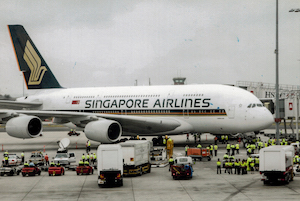 |
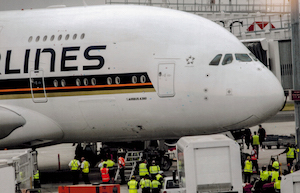 |
I was lucky to be at the right place at the right time. Being able to report on the arrival of this Singapore to Sydney flight back in 2007 is another reminder to me to continue to carry a camera while traveling.
And of course I was able to use the camera to take a few sightseeing pictures as well.
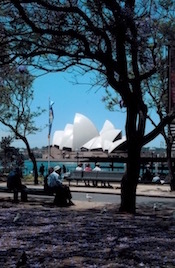 |
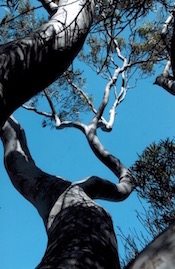 |
Written by Arnie Lee
PhotoPlus Expo
09th November 2015

|
Following are some of the exhibits that I stopped by during my visit to PhotoPlus Expo. |
|
|
|
|
| There were an abundance of live seminars and demonstrations on the expo floor. These covered a large gamut of photo topics: better use of equipment, lighting techniques, wedding and portrait sets, directing and posing subjects, post-processing and software usage.
Many well-known photographers and educators were on hand for the seminars and floor demos: Hanson Fong, Joe McNally, Lindsay Adler, Tamara Lackey, Terry White, Julianne Kost, Scott Kelby to name a few. With more than 100 classes, there is learning for every photographic category. |
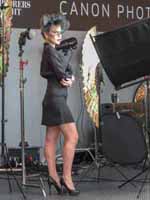 |
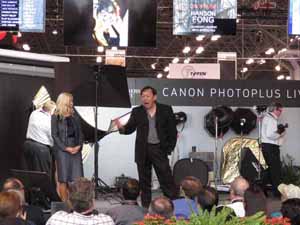 |
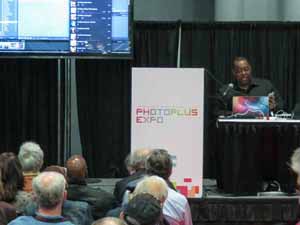 |
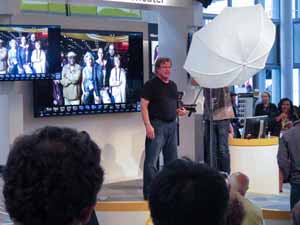 |
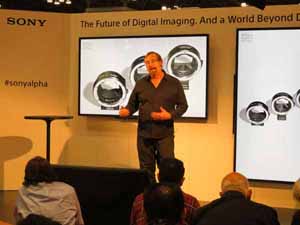 |
EquipmentFor those interested in trying new cameras and accessories, all of the major manufacturers had exhibits and representatives to demonstrate their wares and answer questions. Even hard-to-find accessories such as these long lenses were available for hands-on trial for the many interested photographers.
|
|
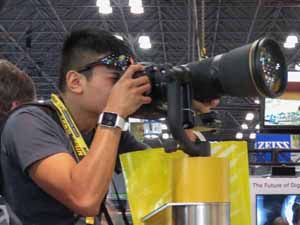 |
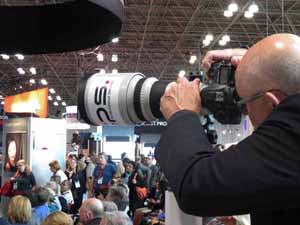 |
ServicesMany attendees use the services available at PhotoPlus to clean and/or service their equipment Here is a Canon rep cleaning a DLSR while the owner waits. The major manufacturers Canon, Nikon, Sony and Panasonic all had technicians on hand to provide service to those with extended service contracts. They also provided complimentary cleaning.
|
|
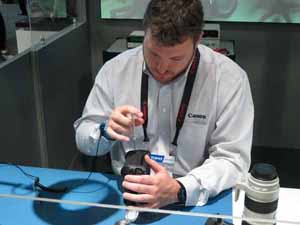 |
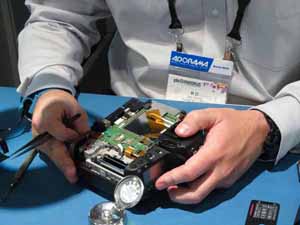 |
Barber Shop Leather AccessoriesI was attracted to goods at the Barber Shop booth. They had a very attractive collection of leather camera straps and cameras bags. Barber Shop is an Italian company and these goods were exquisitely stylish and solidly made. For more information visit Barber Shop. |
|
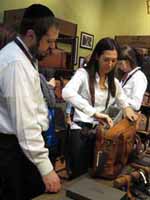 |
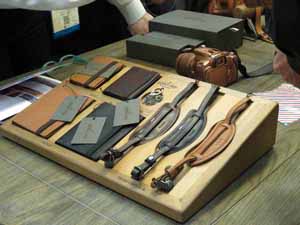 |
LowePro Camera Bags |
|
| Based on my many years of satisfaction with their products, I stopped at the LowePro booth. On display were several dozen of backpack style camera bags in sizes varying from small for a single camera to extra large for two cameras with six or more lenses.
I took to their Urban Reporter which looks more like a messenger bag rather than a conventional camera bag. It has room for a laptop, a large camera and ample padded storage for several lenses and accessories. I also saw their new DroneGuard. This is a case designed to carry a drone (e.g. DJI Phantom) and accessories. This makes transporting the drone convenient and safe. You can learn about their product line by visiting LowePro. |
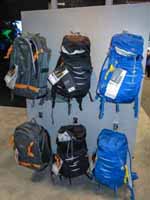 |
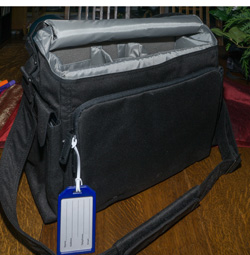 |
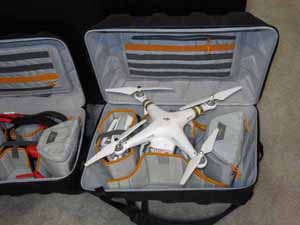 |
Tornado Hexcopter DroneDrones are available in many different sizes and sport a wide variety of features. It’s almost essential that these flying devices have excellent digital equipment, stabilization and easy control if the desired end result is quality photography and video. At the Yuneec booth, the Canadian company’s product director Mark Padilla gave me a demonstration of their Tornado H920. This professional drone has a lightweight carbon fiber body controlled by a sophisticated remote that includes “pilot view”, video downlink and instrumentation. The camera provides full 1080 HD. Since the drone’s landing pods are retractable, the camera has an unobstructed view. Additionally, it is mounted on a controllable 3-axis gimbal for steady shots. For more information please contact Yuneec. |
|
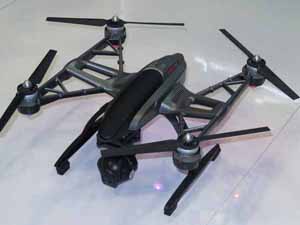 |
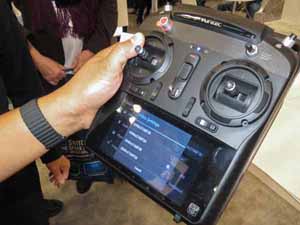 |
| Below you can see Mark giving me a demo of the Tornado H920:
|
|
Cotton Carrier HarnessesAs an outdoor photographer, I typically carry two or more cameras on assignment and headed to Cotton Carrier to look at their products. Their “vest” holds one or two handsfree depending on the options selected. Each camera is held to the vest using a locking connector and leash. They also have a Speed Belt for holding a camera at waist level. You can learn more about their lineup at Cotton Carrier |
|
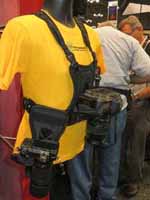 |
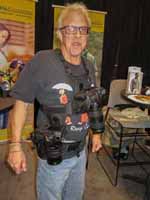 |
|
|
|
Epson SureColor P800Over the years I’ve owned several professional quality printers. The most recent was limited to 13″ wide prints. I’m now interested in a printer for making larger prints and stopped to talk to the Epson representative who demonstrated their new SureColor P800. This device can make 17″ wide prints on a very wide variety of papers, has several paper handling features including roll feeder, uses large capacity ink cartridges with enhanced black and white printing. The samples produced during the demo were superb. The SureColor P800 is now on my wish list. You can find out more about the P800 by visiting Epson. |
 |
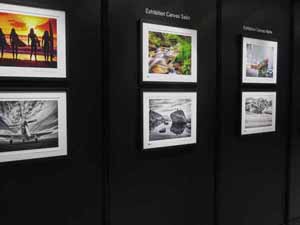 |
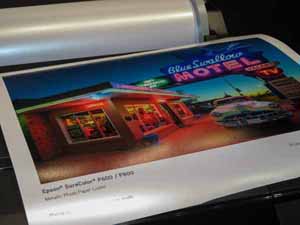 |
|
|
|
Kodak PixPro SP360 Action CameraKodak’s Rep Amanda Drain gave me a demo of their innovative PixPro SP360 Action Camera. As its name suggests, it captures 360 degrees as 1080p HD video. The camera itself is a cube with a dome on top. It’s weather resistant and ruggedly designed to withstand drops and knocks. It has Wi-Fi and NFC connectivity and can be controlled with either IOS (Apple) or Android devices. |
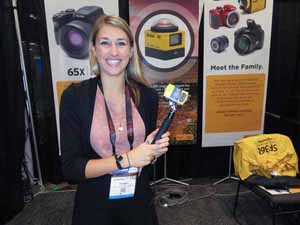 |
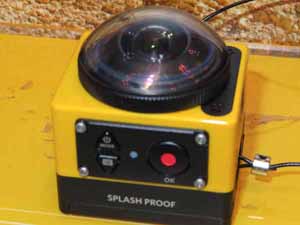 |
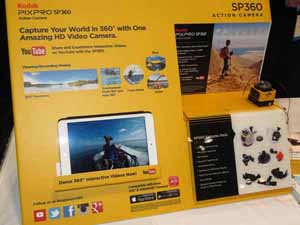 |
|
|
|
If you’re ready to experience the PhotoPlus Conference next year, mark your calendar for October 19-22 at Jacob Javits Center in New York City.
Written by: Arnie Lee
Saved Again
16th October 2015
Why I use filters instead of lens caps
Note: This is a followup to an article written more than a year ago.
In my photography early days, I was a faithful user of lens caps. Whenever I wasn’t shooting, I would snap the lens cap onto the lens. I considered this a safe way to care for my equipment. Of course, most of us also enclosed the entire camera inside its companion leather case. Yes, we were very protective of our precious equipment. And yes again, I spent a lot of time looking for misplaced or buying replacement lens caps.
When I acquired my first SLR at age 14, I quickly fell out of the habit of using lens caps. I may have inherited this trait from my photography mentor for whom I worked while still a student. John explained that removing a lens cap required too much time when you are trying to capture the action.
Again this isn’t the first time that I’ve had a mishap such as this. Actually, this is the third forth time that a filter has saved the front glass element of one of my lenses. This alone tells me that I should keep on buying filters for each of my lenses.
Written by: Arnie Lee
« Older Posts — Newer Posts »
